Helen Hancocks Wants to Eat Cake While Painting Cakes With Maira Kalman
5 children's books that shaped her as an artist
Love Moonbow? Consider a paid subscription, which allows me to work on more exciting articles for you to enjoy. If you can’t afford a paid subscription, please share this newsletter with others. It only takes a minute and makes a big impact!
Helen Hancocks was destined to be an artist. She grew up surrounded by creative mentors. Her grandparents were printmakers, and her parents both taught art. From an early age, Helen knew she would somehow follow in her family’s footsteps, but it wasn’t until studying animation and illustration in college that she became interested in making books for children.
Helen’s first book, Penguin in Peril, was the UK’s best-selling debut picture book in 2013, and like many of her books that followed, it features clever and mischievous cats who are either causing or solving trouble. In the hilarious William and the Missing Masterpiece (2014), William, a debonair cat detective, finds himself at the center of a mysterious theft when the Mona Cheesa is stolen from a prestigious Paris gallery. Through humorous wordplay and whimsical illustrations, Helen weaves an entertaining tale of cat and mouse.
I had the honor of co-hosting a picture book club with Helen a few weeks ago. In our conversation, Helen mentioned being inspired by Richard Scarry’s books as a child—how you could pour over a spread and find tiny hidden narratives within each illustration. Like Russian nesting dolls, Scarry's books reveal new hidden details with each reading. Helen’s books work similarly. Secret gems are nestled within the pages, waiting to be discovered by cleverly observant readers. It’s these thoughtful details that make children return again and again to picture books. Even before they can read the words, they can read the illustrations. Helen’s books give that gift to children.
Today, Helen shares five children’s books that shaped her. Despite a few grumbles and doubts, she found picture books that spoke to her inner artist. From Shirley Hughes’s Alfie and Annie Rose to Oliver Jeffers’s The Incredible Book Eating Boy, Helen found the secret gems within each book that made her fall in love with the art form. Plus, she reveals her dream day with one of her favorite artists.
Enjoy!
I found the whole process of picking five books very difficult. It’s actually impossible. How do you condense yourself into only five books? There were so many books I could have included, ones that were definitely favourites and that I read many times as a child and ones that still sit on my shelf today. I feel very guilty I haven’t picked them, please forgive me. I found it super hard to decide. One hour I would think I had finally picked the books, and then in search of them, I would discover a title I had forgotten about. Because the truth is, every book makes you in some way—whether you like it enough to read it 100 times or you just see it once. And depending on when you asked me, I would probably answer differently anyway. So please take these five picks lightly and know there are many other books I would also like to tell you about.
My first choice is The Big Alfie and Annie Rose Storybook by Shirley Hughes. I probably could have picked any of Shirley Hughes's books, but there are a few images in this one that stuck in my head so vividly I’ve probably thought of them as my own memories. The first story is about breakfast time, Alfie, Annie Rose, and their dad at the breakfast table. There is mess, noise, and some parental despair too. It’s not glossy; it could be real life. In this story, the image that comes to mind is the bowl with bears on it and the mushy cereal pouring off the edge, all mingling together. It really evokes my childhood. Like the cereal itself, it mushed its way into my brain and sat there alongside things that actually happened. I think there is a lovely homely, domestic feel about Hughes's work that sums up childhood so well, the tugging and clinging to parents, the everyday drama of life, and the humdrum that, to me, perfectly sums up my childhood memories. This copy and many of the other Shirley Hughes books I had were ex-library books, which I only discovered going back to them as an adult. Like many of the books I had, I presumed we had owned them, but we obviously just got them on repeat until they came up for sale.
The second book, My Cat Likes to Hide in Boxes by Eve Sutton (1973), is similar in this regard. I thought I had it as a kid— but no—I actually never owned a copy until I went to university. But it’s ingrained in my mind. Maybe it had been loaned from the library, or a friend had the actual book, but I could and still can repeat the words from this even now. It’s such a fun title, and I don’t think it’s as well known as the illustrator’s other book: Hairy Maclary (1983).
Now let me say at this point, I could have just made a list of five cat books; I mean, there are many I feel guilty for not including (Judith Kerr’s Mog is a big glaring admission). I love cats; many of my books include a cat, even if it’s not part of the plot, because cats are great.
I love My Cat Likes to Hide in Boxes for its simplicity, its vivid illustrations, its fun and silliness, as well as its truth: cats really do like to hide in boxes! It was way ahead of the cat memes of today, too. I remember making up new verses for this as a kid, trying to find rhymes, reciting it around the house, and probably even to the cat. I think it’s also a good reminder that books don’t necessarily have to come with a message for kids; silly and fun are also good.
The third pick is the Winter Story by Jill Barklem from the Brambly Hedge Collection. This is the story of a hedge row and a tree that the mice live in. Each book includes amazing details of seasonal food, cross sections, and in the case of the winter one—a ball! It was very hard to decide on this book; a Richard Scarry book could have easily made the list here. But I loved a cross-section as a kid; even if you didn’t read the story, you could make up many more just by pouring over the details. In the Winter Story, there is plenty to pour over and plunder; just look at the food stores, and there’s a big ice ballroom to admire! Plus, the winter one just feels so cosy. I would imagine myself being a mouse and the excitement of snow and thinking which bedroom in the tree would be mine. I still look at hedges today just in case I see a little bonnet-clad mouse scurrying along. Not sure what I would do if I actually saw that! Also, towards the end of the night, the mice children are put to bed, and then their parents go back to the ball, which amazed me as a kid. Adults do other things once I am asleep?!
Ok, now the list changes slightly. The next two books are ones that came to me not as a child but before/at university, so they probably shaped me more as an illustrator.
The first of these is The Incredible Book Eating Boy by Oliver Jeffers, which came out in 2006. I would have been 17 or 18 and just about to go to art school. The books that came out in this period probably were the ones that got me coming back to picture books as an adult and how I got into buying them for myself and Shelf Editions. Again many titles sprung to mind here, but I picked The Incredible Book Eating Boy primarily for its look and the idea you could eat books. Typewriters were having a moment in 2006, and I was obsessed with them. Also, Letraset transfer letters. Oh, and any found paper and ephemera! I think that is why this book just spoke to me, it’s like a spotlight shown on it, and I rolled right toward it. I had not seen anything like this before. Different papers that made the backgrounds and the use of hand lettering were like, WOW, that’s possible in print?! It is probably the reason I own two typewriters, drawers full of drying Letraset, and random bits of old papers and tickets. Plus, it has a different cover under the slip that uses hand lettering, very cool. And that bite mark out the back is doubly cool. Truly an inventive book that got me to look at picture books as an adult and possibly restarted me on the path to bookmaker and bookseller. I think I was so in love with this book I also bought the pop-up version. That’s the kind of book eater I am.
My last pick is Maira Kalman’s book The Principles of Uncertainty, which came out in 2007, but I think I came across it later via a blog or Flickr or something. Her work is just beautiful; something else! Her mind (from what I have read) seems like such a delight. I will devour anything she writes or illustrates. In this book, there’s a mixture of thoughts, photos, and hand-written elements. Her work, primarily from this book, but also in general, was quite a eureka moment. I was trying to paint pictures as a whole but couldn’t really do it, but after seeing her work, something clicked; it didn’t have to be flat. You didn’t need to use the same colour; you can do what you want. It felt like seeing her work gave me permission to try in my own way. I am always eager to see what she creates next and what book she is working on. And yes, I have gone back through and bought most of her books. I can’t put my finger on why I love her work, but she paints the wonderfully ridiculous but also the everyday — each with wonder and beauty. I think she would be one illustrator I would love to meet and have cake with, and then maybe we could both sit there painting the cakes or the boxes they come in together.
Thanks, Helen!
You can follow Helen on Instagram @HelenHancocks and @ShelfEditions.






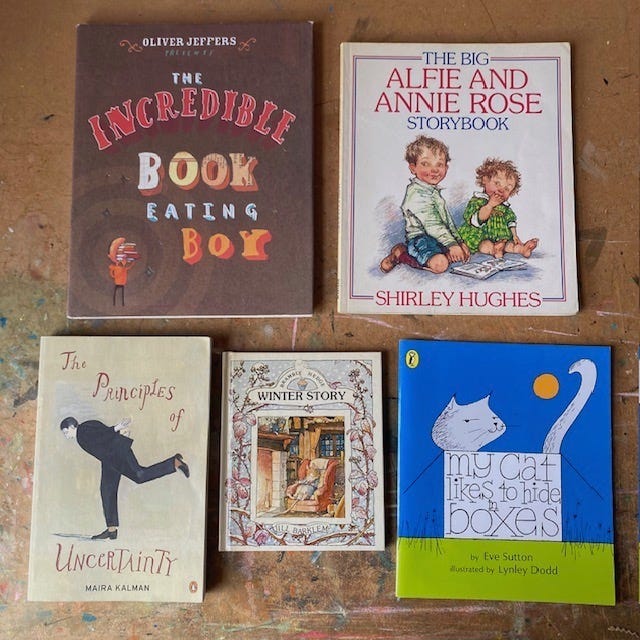
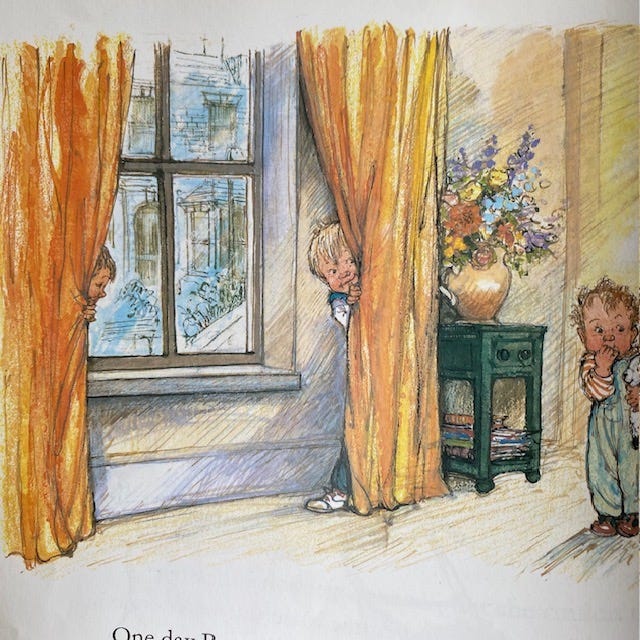
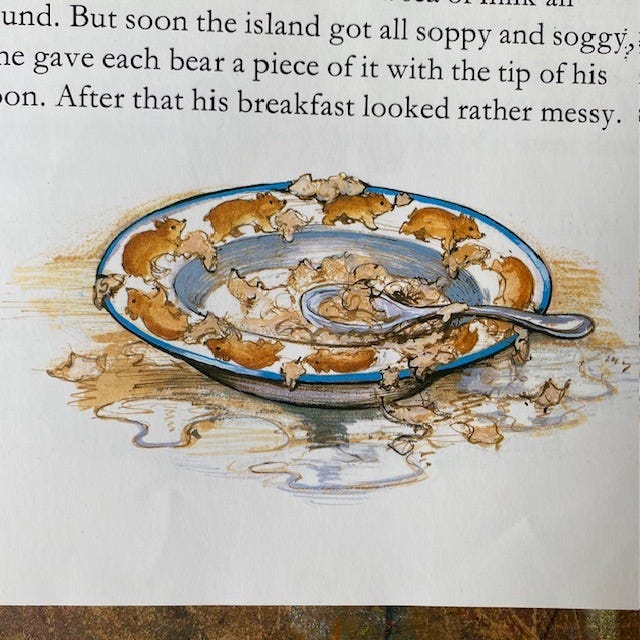


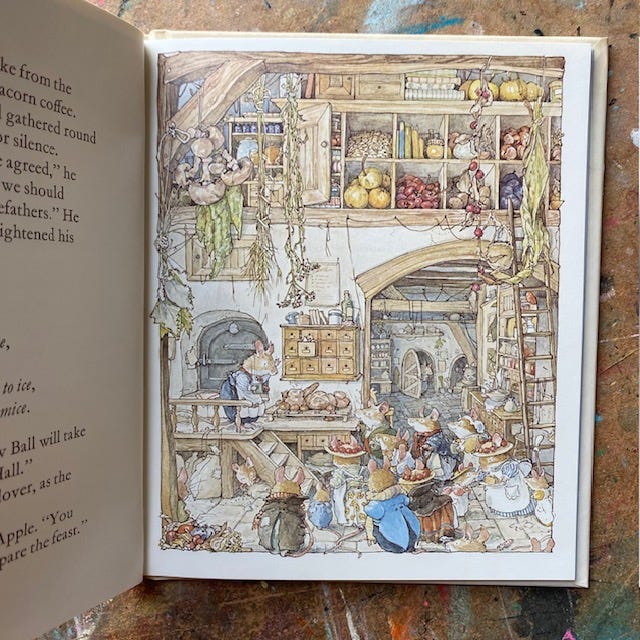

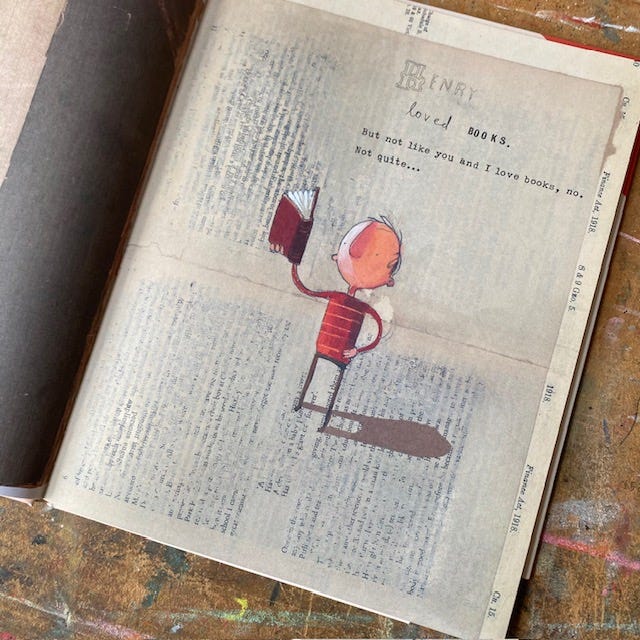

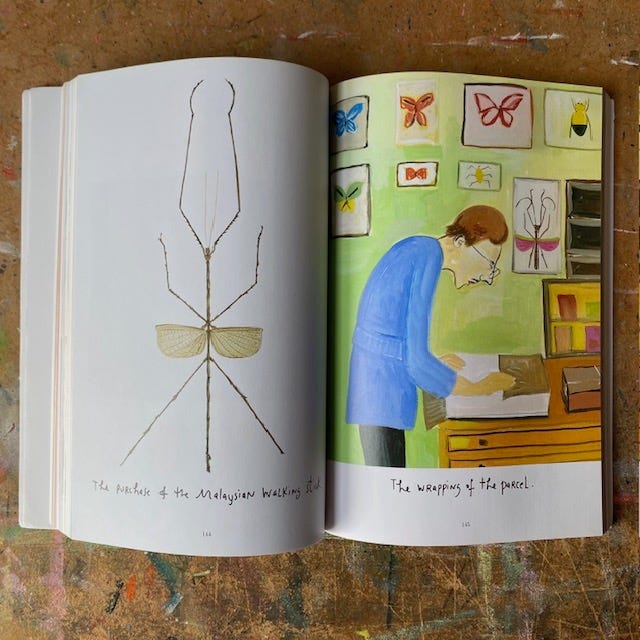
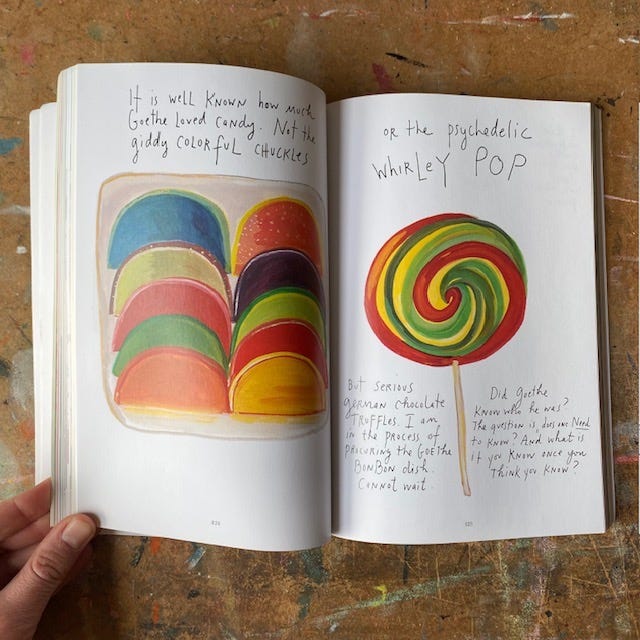
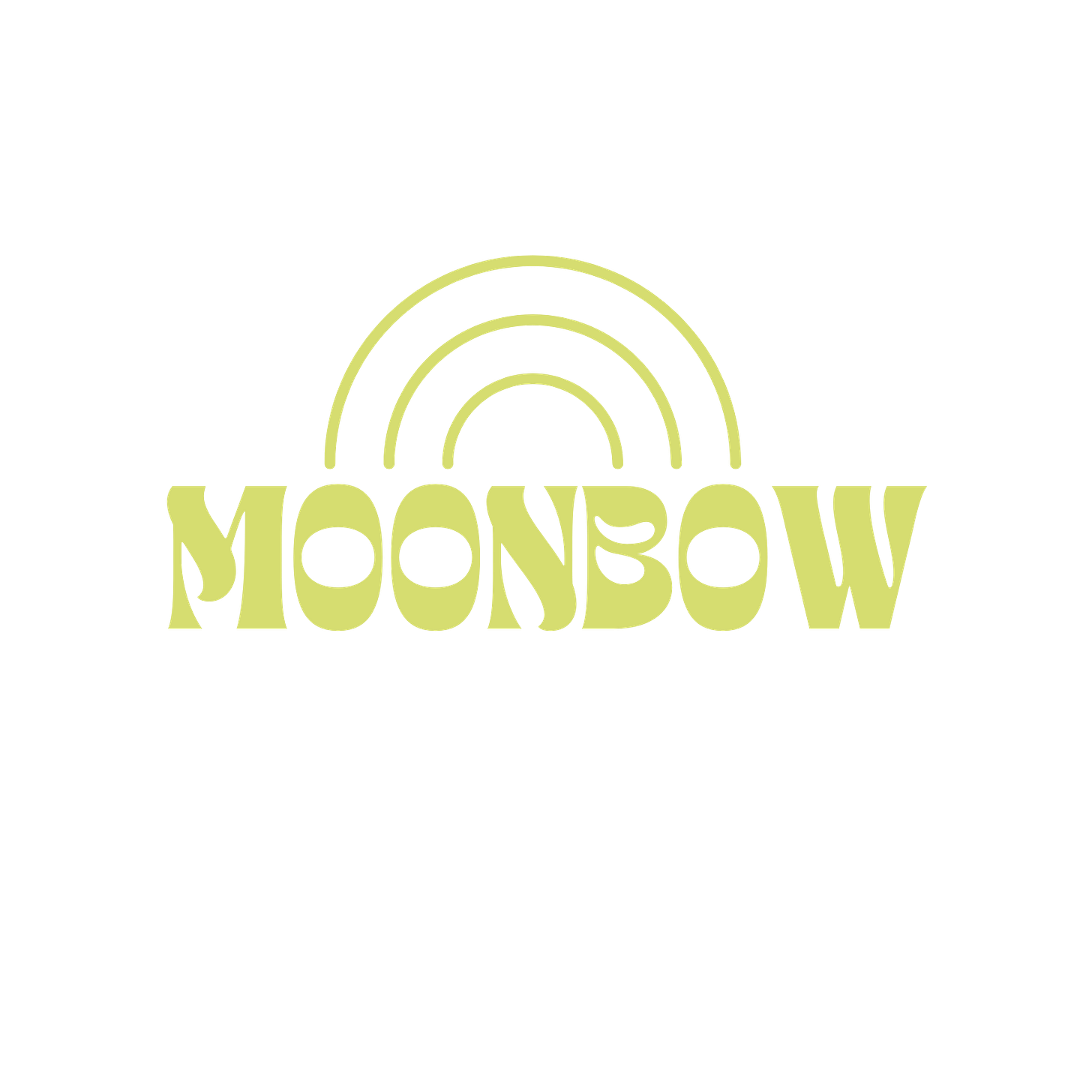
Such a great list. And I love a peek into what resonates with other people -- picture books, artists (also a huge Kalman fan here, for decades), etc. A great post as usual, Taylor!